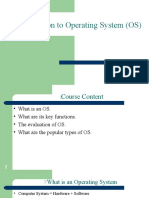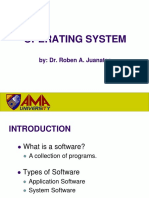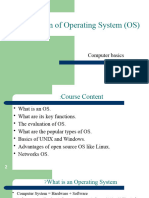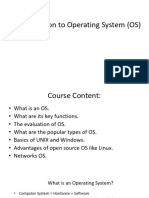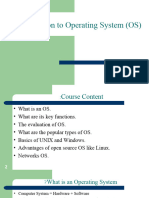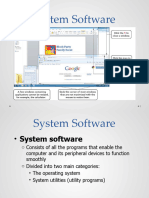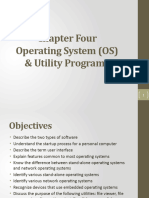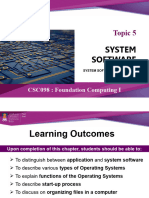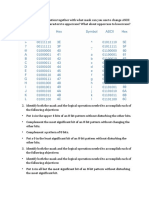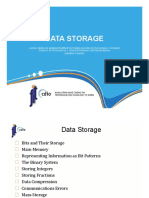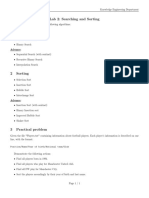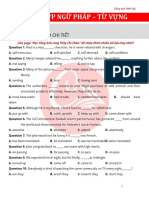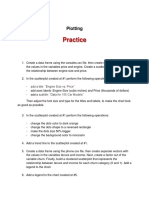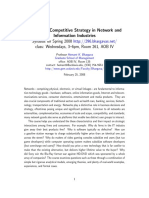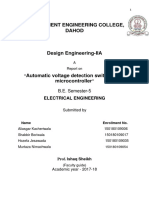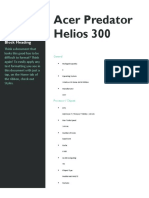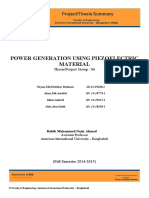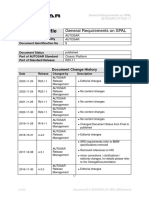0% found this document useful (0 votes)
43 views60 pagesC#4 - Operating Systems
Manages the allocation of CPU time among the processes in memory
Uploaded by
Long NguyễnCopyright
© © All Rights Reserved
We take content rights seriously. If you suspect this is your content, claim it here.
Available Formats
Download as PDF, TXT or read online on Scribd
0% found this document useful (0 votes)
43 views60 pagesC#4 - Operating Systems
Manages the allocation of CPU time among the processes in memory
Uploaded by
Long NguyễnCopyright
© © All Rights Reserved
We take content rights seriously. If you suspect this is your content, claim it here.
Available Formats
Download as PDF, TXT or read online on Scribd
/ 60









